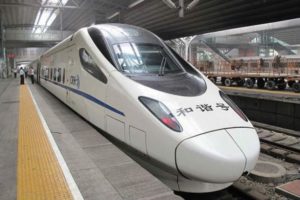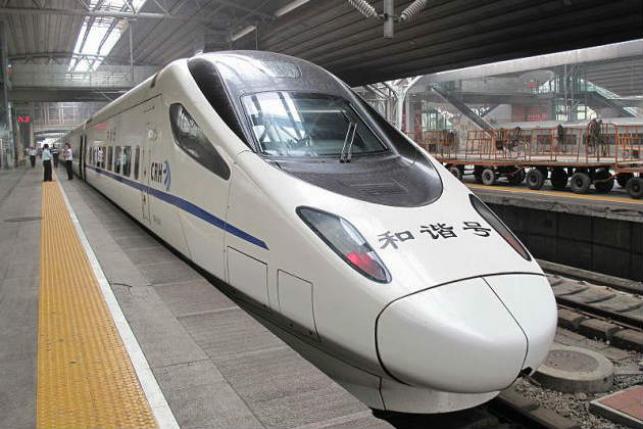 Maiden voyage completed on new $6bn China-Laos railway
Maiden voyage completed on new $6bn China-Laos railway
The first train to travel the 422km China-Laos railway pulled into the Lao capital Vientiane Saturday night hauling 50 containers of dicalcium phosphate, used for animal feed, from China.
It was sent back to make the roughly 7.5-hour journey to the China-Laos border south of Kunming, in China’s Yunnan province, loaded with Lao potash, state news agency Xinhua reported.
Building the railway through the Annamite mountains was a major feat of civil engineering, requiring 167 tunnels and 301 bridges, according to Chinese media. Tunnels comprise some 63% of the standard gauge railway, which creates an unprecedented trade route out of landlocked Laos.
Chinese contractors started work on the electrified link, which has 21 stations in Laos, in December 2016 and finished on schedule.
“The railway will result in the growth of many industries like tourism, trade and investment, especially in the processing industry, and it’s going to help a lot for Laos’ post-pandemic recovery,” Valy Vetsaphong, vice president of the Lao National Chamber of Commerce and Industry, told Xinhua.
There are concerns about the financial sustainability of the railway, which cost approximately $6bn to build, funded mostly by Chinese loans and equity stakes. The World Bank notes that the bill for the railway is roughly equivalent to a third of the GDP of Laos, a low-income country of some 7 million people that Fitch Ratings warned is already experiencing liquidity pressures owing to its debts.
AidData, a research organisation William & Mary university in Virginia, notes that the Lao-China Railway Company (LCRC), the special purpose vehicle set up to develop and run the railway, secured $3.54bn in debt from China Exim Bank to fund construction. Chinese state-owned companies own 70% of LCRC and a Lao state firm owns 30%.
The Lao government further secured a $480m loan from China Exim Bank to help pay its 30% share of the scheme’s equity of $2.36bn. AidData said there was a “non-trivial possibility” that the Lao and Chinese governments would feel compelled to bail LCRC out if the railway was not profitable and it struggled to repay Exim Bank.
The World Bank said the railway’s success would depend on attracting enough cargo and passenger traffic which, for cargo, would require a big shift from maritime shipping to rail. That would require better transport connectivity and handling capacity in Laos. For the railway to boost tourism, Laos would need to simplify border clearance procedures, provide better secondary public transport, and improve tourist attractions, the World Bank said.
Source: https://www.globalconstructionreview.com/maiden-voyage-completed-on-new-6bn-china-laos-railway/

